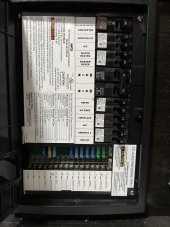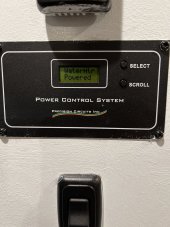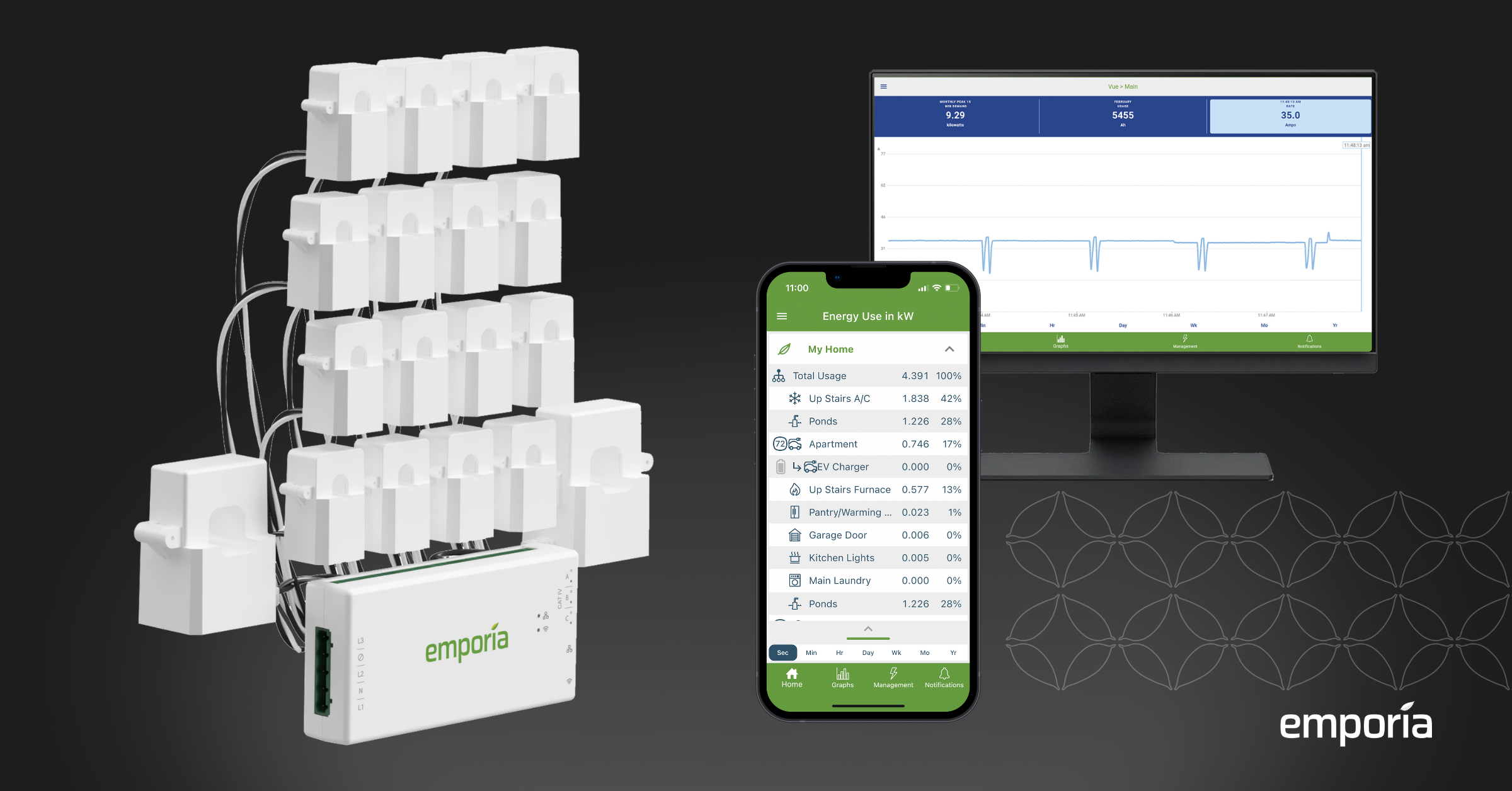This video explains the problem with using a generator with a AIO.I re-read your post. Help me understand. With an AIO, what happens if I just wire the ATS to the AIO and then to the dist panel? Does it fry the AIO? My gen is an onboard 5500w generator (you mentioned in your post).
I use a inverter generator it produces clean power at full capacity. I then decrease the charge rate so I can run my loads without causing the generator to overload. It works but not without a little tweaking.







